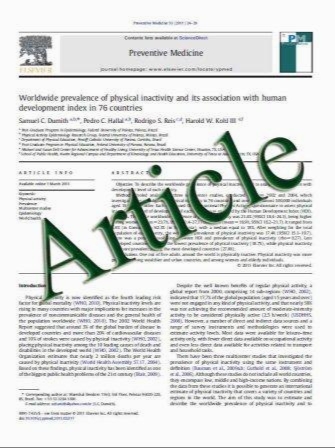‘‘Real time’’ Angiographic Evidence of ‘‘Pseudoaneurysm’’ Formation After Aneurysm Rebleeding
- نوع فایل : کتاب
- زبان : انگلیسی
- مؤلف : Pietro I. D’Urso • Ioannis Loumiotis • Brian D. Milligan • Harry Cloft • Giuseppe Lanzino
- چاپ و سال / کشور: 2011
Description
Background Pseudoaneurysms occur at the rupture site of true aneurysms and appear as irregularly shaped and partially thrombosed outpouchings of the main sac. Recanalization of thrombi inside pseudoaneurysmal sac is one of the putative mechanisms of rebleeding of unsecured aneurysms and of coil migration after endovascular treatment. We document ‘‘real time’’ pseudoaneurysm formation after rerupture of an anterior communicating artery aneurysm. Methods Case report. Results A 55-year-old man with aneurysmal subarachnoid hemorrhage from an anterior communicating aneurysm underwent catheter angiography. After the diagnostic angiogram while awaiting for the anesthesia team to proceed with endotracheal general anesthesia, a seizure occurred. Rebleeding was suspected and confirmed by a dynamic CT in the angio suite. A repeat angiogram showed a pseudoaneurysm arising from the previously ruptured aneurysm which had not been present on the original angiogram a few minutes earlier. Uneventful coiling of the aneurysm was undertaken and the patient was discharged home a week later. Conclusions We document angiographic formation of a ‘‘pseudoaneurysm’’ at the site of rupture of an anterior communicating artery aneurysm. ‘‘Pseudoaneurysm’’ formation occurs after rupture of an intracranial aneurysm. They represent a weak spot in the aneurysm sac at the site of rupture and probably the result of persistent flow within the clot forming at the site of rupture. Presence of a pseudoaneurysm with characteristic angiographic features like the one herein described represents an unstable area within the aneurysm. This case also highlights the observation that, in patient harboring unsecured ruptured aneurysms, seizures or seizures-like phenomena are the clinical expression of rebleeding unless proven otherwise.
Neurocrit Care (2011) 14:459–462 DOI 10.1007/s12028-011-9522-y Published online: 16 March 201


